Independent Collectors
Durchgang Gallery
The People From Little Hollywood
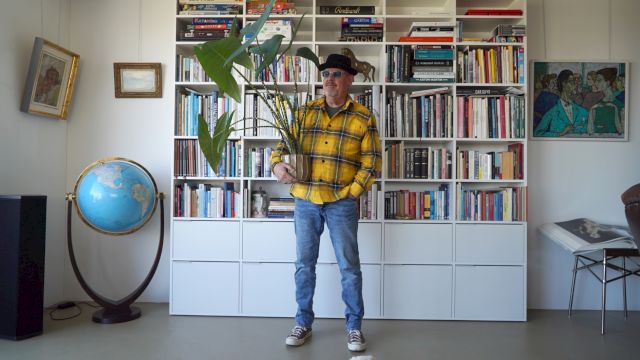
At first glance, Martin Steppacher's art collection might seem like a random mix of styles and artists. It consists not only of sculptures, objects and paintings, but also of encounters, musk, sound, impressions of events, performances, such as from the collective Studio Huette from Berlin, which temporarily incorporated a Berlin late-night shop into the gallery during Art Basel, bringing an unforgettable summer to Petersplatz.
But for Martin Steppacher, for example, there's a clear symbiosis between the expressive, colourful pop art of Steve Kaufman and the traditional, impressionist character studies and expressive portraits of the Swiss painter Otto Bruderer. The rural, almost provincial world of Bruderer stands in stark contrast to the cosmopolitan subjects of the American artist Kaufman - but it is exactly this contrast that fascinates Martin Steppacher.
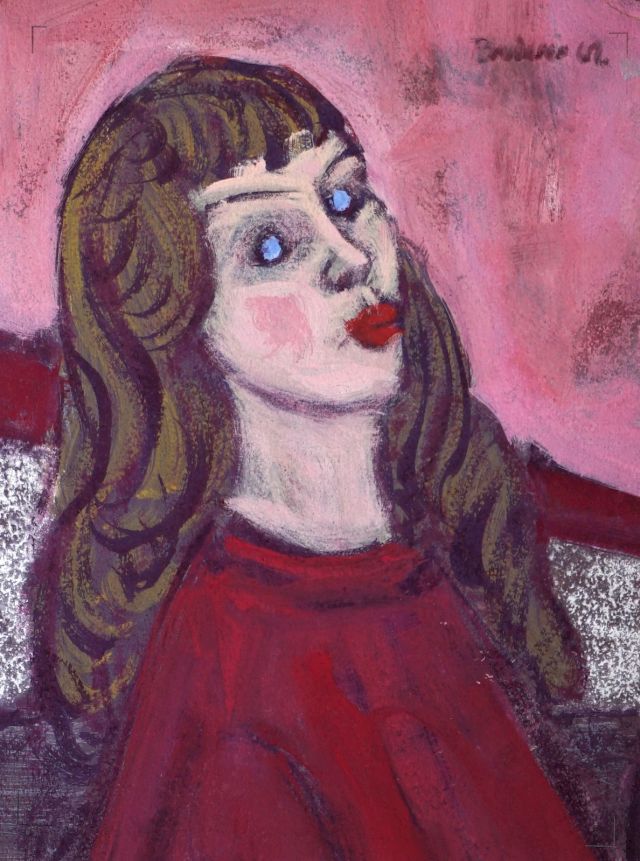
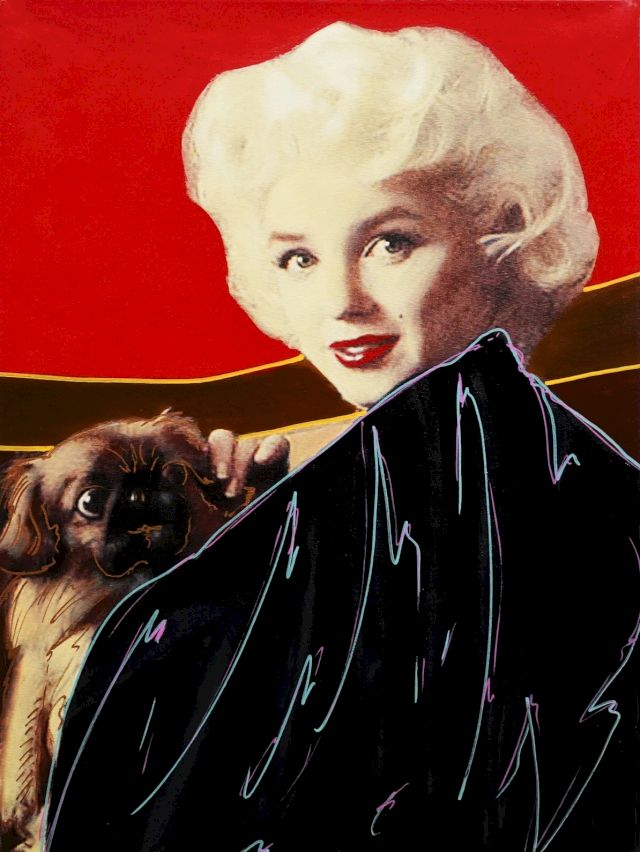
While Kaufman portrayed global icons—statesmen and music legends—Bruderer focused on the quiet lives of his fellow villagers. With his two daughters, Martin Steppacher owns a significant number of Bruderer’s oil paintings—ranging from intimate, small-scale works to impressive large-format pieces. Almost all of them are framed by the artist himself in a simple, elegant white wooden stretcher frame that adds a personal, handcrafted touch. Each painting is more than just an image; it comes with a title, a vignette, a moment from everyday life.
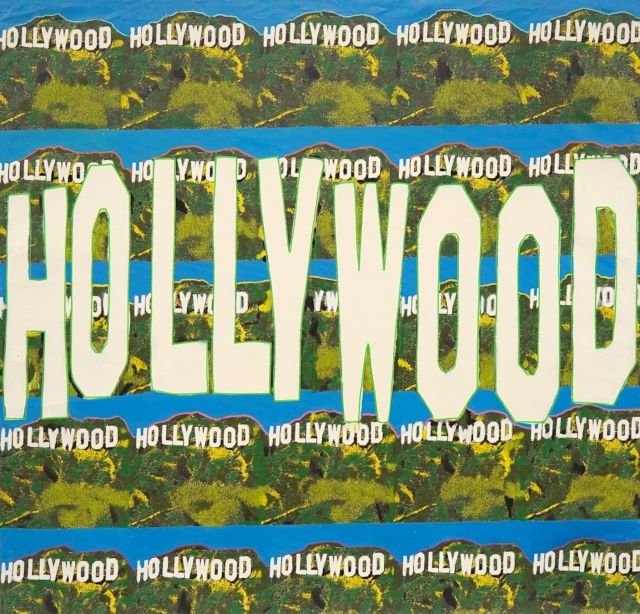

Otto Bruderer (1911–1994) unites Varlin and Chaim Soutine in figure and depiction in a unique way. As a profound painter and subtle person, he remains relatively unknown. Yet anyone who sees his original work will notice something familiar in many of the faces.He painted - or more accurately, sketched - his village neighbors and captured figurative impressions from trips to the city. His portraits, whether frontal or in profile, convey a strong sense of the subject's mood in the moment: striking, angular, yet with a subtle sense of mischief. His palette, always recognizable, is characterized by soft tonal transitions and harmonious shades.
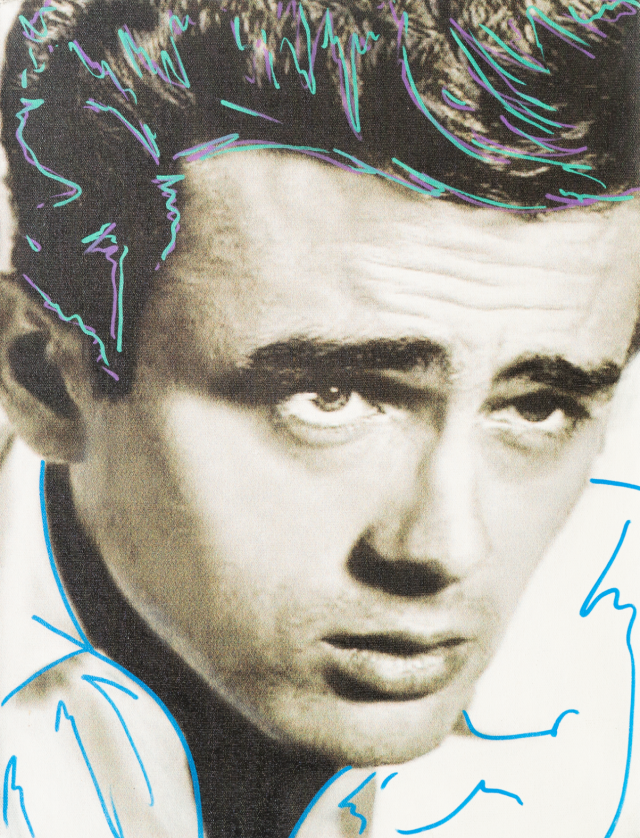
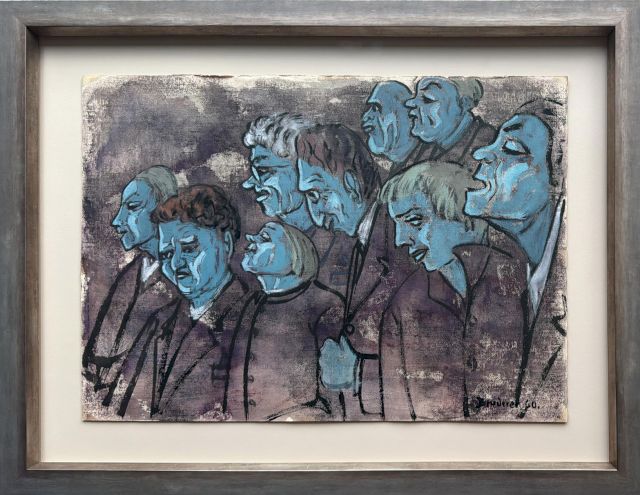
Depending on his finances, Bruderer painted on canvas or, when resources were limited, on thin wooden panels. During the Second World War, oil paints and solvents were hard to come by. During this time, he turned to casein, a milk protein also used in cheese-making. Living in Appenzell, a rural area in eastern Switzerland with a rich dairy tradition, he was able to source this material locally.
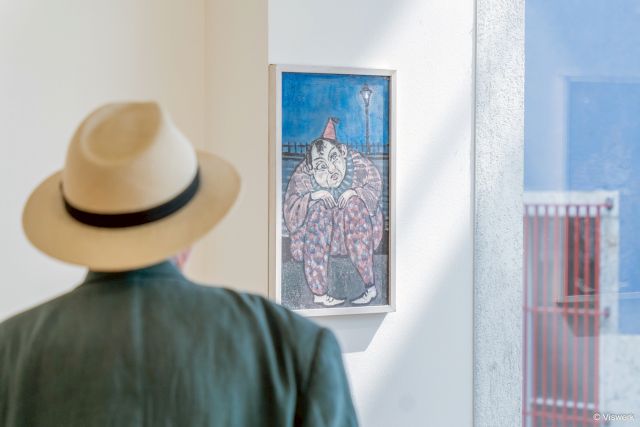
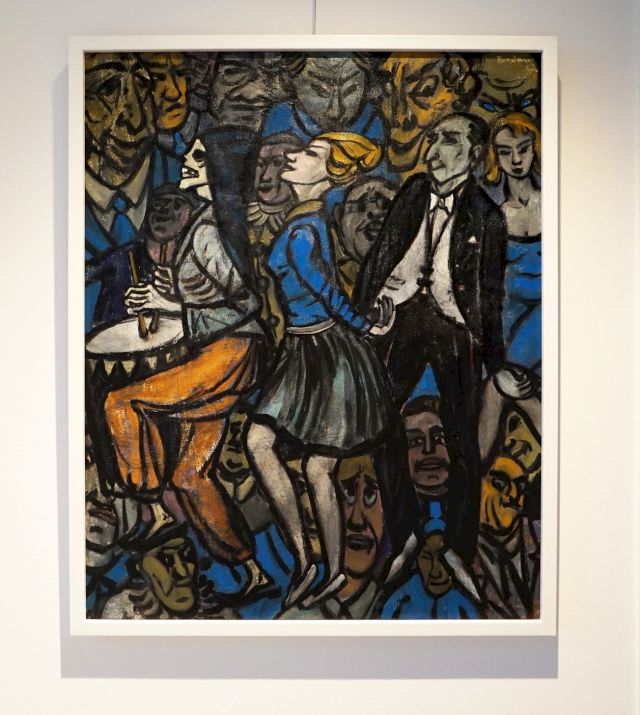

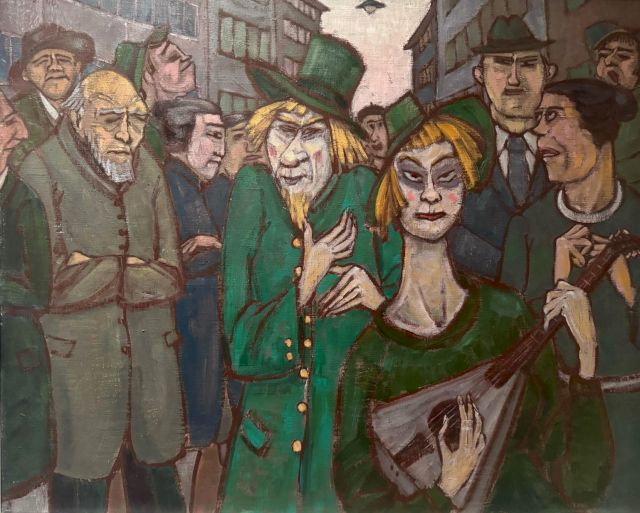
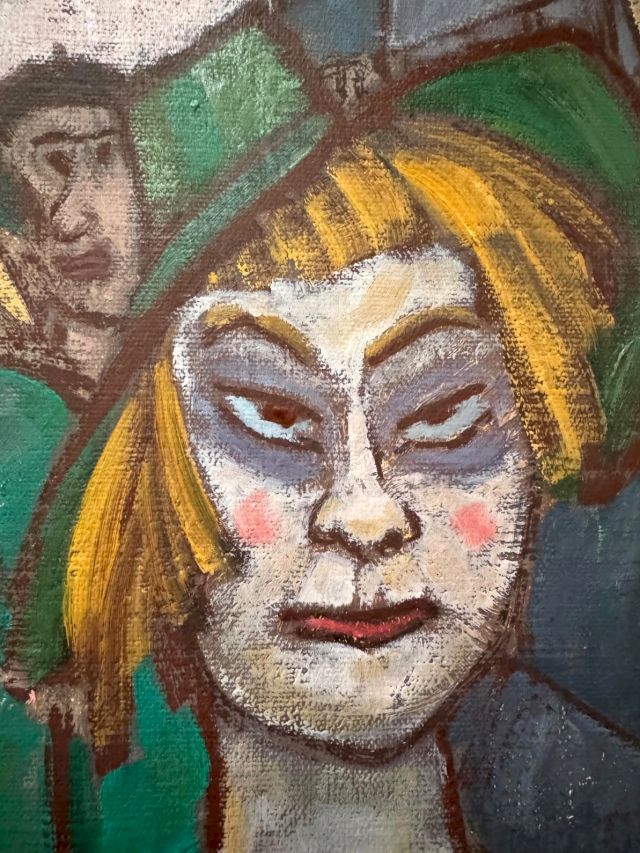
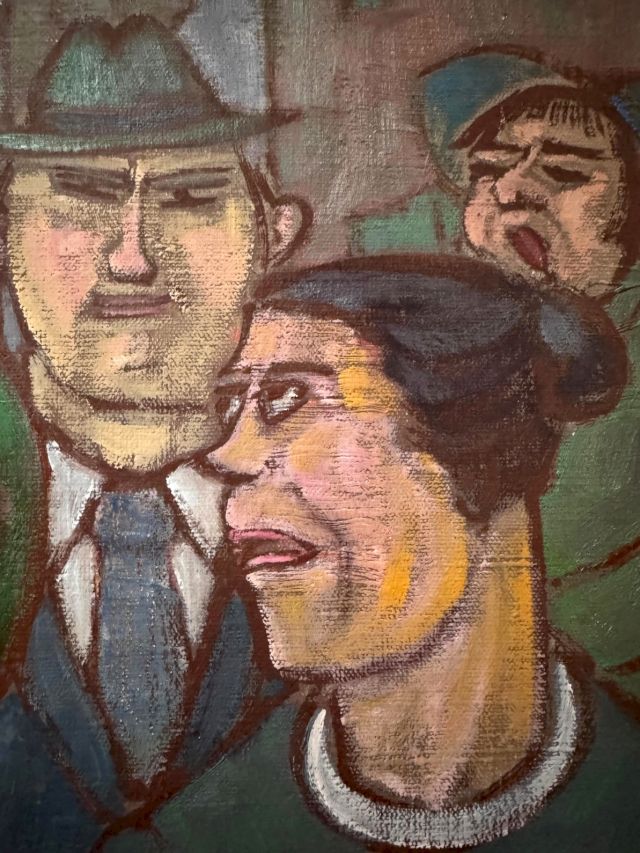
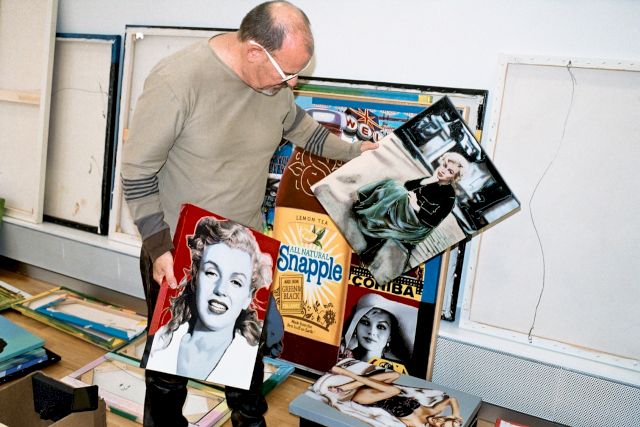
As Martin Steppacher reflects, the stories and faces of the world’s metropolises are often the ones remembered and celebrated. But every place, no matter how small, has its own kind of fame—its own “people from little Hollywood.”
Durchgang Gallery is featured by BMW Art Guide by Independent Collectors.